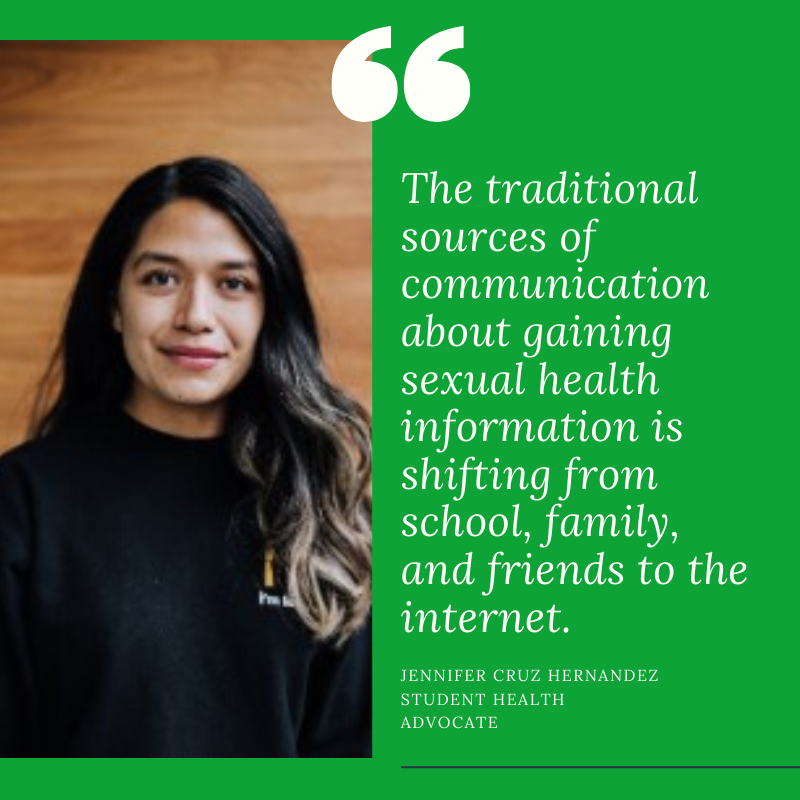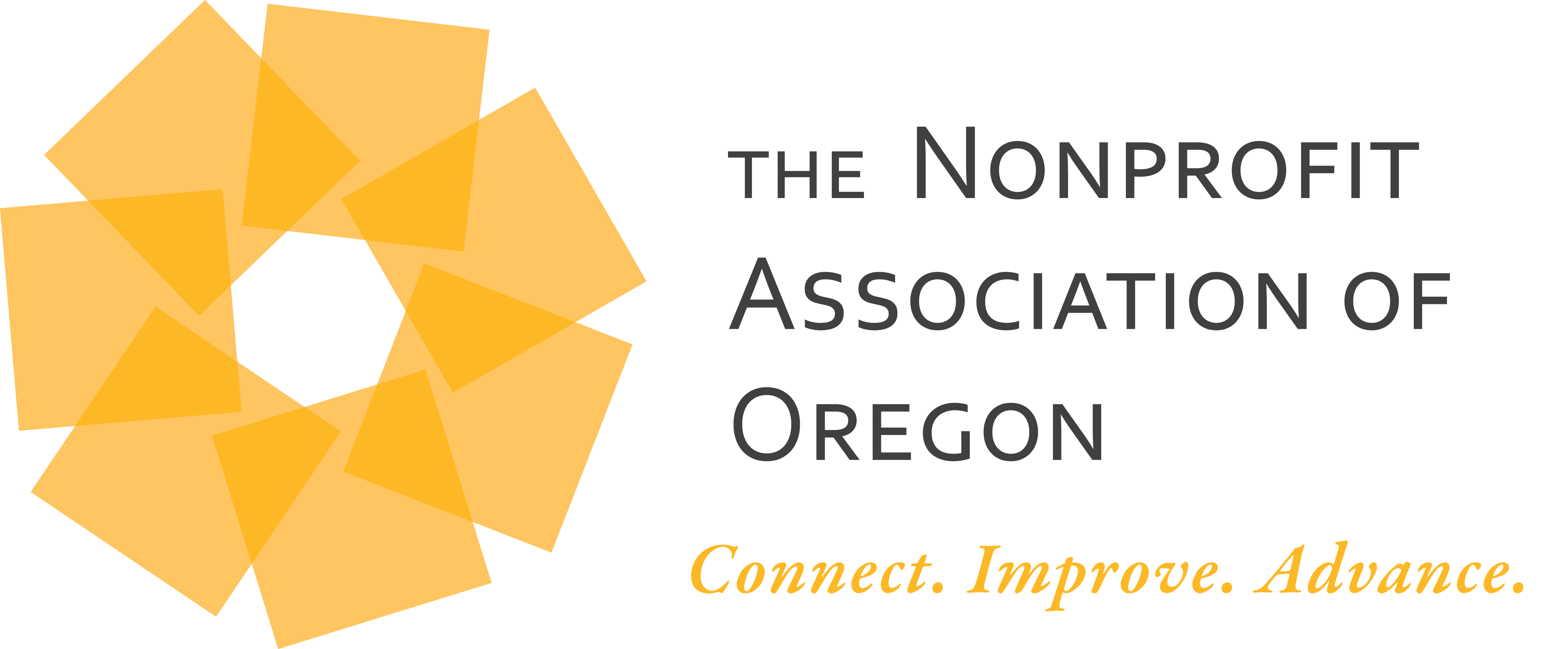25 October 2019 By Student Health ...
This blog post is by Jennifer Cruz Hernandez, a member of OSBHA Student Health Advocates.
One would expect for societal norms in sexual education to be responsive of the needs of current generations. However, that is not the case. In the Journal of Health Communication  through the article “Is the Internet Filling the Sexual Health Information Gap for Teens? An Exploratory Study” it is that, “... the percentage of 15-19 year olds receiving any formal instruction about birth control declined from 81% of male adolescents and 87% of female adolescents in 1995 to 66% of male adolescents and 70% of female adolescents in 2002”. This major decline in an area of sexual education has caused controversy. For example, pregnancy rates for post-millennials have been higher than ever and so has the use of the internet. Perhaps assuming that the decrease in sexual education has had a negative impact on youth. That is where the internet comes in. The traditional sources of communication about gaining sexual health information is shifting from school, family, and friends to the internet. It is arguable whether or not the internet can be used as a dependable source of information for those trying to fill the gap in sexual education. Due to parents and schools not increasing the complexity of information in sexual education for adolescents, the internet can be used as a source to fill that communication gap. As long as credibility is in mind. Below you can find some resources on where to find good online content about sexual education.
through the article “Is the Internet Filling the Sexual Health Information Gap for Teens? An Exploratory Study” it is that, “... the percentage of 15-19 year olds receiving any formal instruction about birth control declined from 81% of male adolescents and 87% of female adolescents in 1995 to 66% of male adolescents and 70% of female adolescents in 2002”. This major decline in an area of sexual education has caused controversy. For example, pregnancy rates for post-millennials have been higher than ever and so has the use of the internet. Perhaps assuming that the decrease in sexual education has had a negative impact on youth. That is where the internet comes in. The traditional sources of communication about gaining sexual health information is shifting from school, family, and friends to the internet. It is arguable whether or not the internet can be used as a dependable source of information for those trying to fill the gap in sexual education. Due to parents and schools not increasing the complexity of information in sexual education for adolescents, the internet can be used as a source to fill that communication gap. As long as credibility is in mind. Below you can find some resources on where to find good online content about sexual education.
 through the article “Is the Internet Filling the Sexual Health Information Gap for Teens? An Exploratory Study” it is that, “... the percentage of 15-19 year olds receiving any formal instruction about birth control declined from 81% of male adolescents and 87% of female adolescents in 1995 to 66% of male adolescents and 70% of female adolescents in 2002”. This major decline in an area of sexual education has caused controversy. For example, pregnancy rates for post-millennials have been higher than ever and so has the use of the internet. Perhaps assuming that the decrease in sexual education has had a negative impact on youth. That is where the internet comes in. The traditional sources of communication about gaining sexual health information is shifting from school, family, and friends to the internet. It is arguable whether or not the internet can be used as a dependable source of information for those trying to fill the gap in sexual education. Due to parents and schools not increasing the complexity of information in sexual education for adolescents, the internet can be used as a source to fill that communication gap. As long as credibility is in mind. Below you can find some resources on where to find good online content about sexual education.
through the article “Is the Internet Filling the Sexual Health Information Gap for Teens? An Exploratory Study” it is that, “... the percentage of 15-19 year olds receiving any formal instruction about birth control declined from 81% of male adolescents and 87% of female adolescents in 1995 to 66% of male adolescents and 70% of female adolescents in 2002”. This major decline in an area of sexual education has caused controversy. For example, pregnancy rates for post-millennials have been higher than ever and so has the use of the internet. Perhaps assuming that the decrease in sexual education has had a negative impact on youth. That is where the internet comes in. The traditional sources of communication about gaining sexual health information is shifting from school, family, and friends to the internet. It is arguable whether or not the internet can be used as a dependable source of information for those trying to fill the gap in sexual education. Due to parents and schools not increasing the complexity of information in sexual education for adolescents, the internet can be used as a source to fill that communication gap. As long as credibility is in mind. Below you can find some resources on where to find good online content about sexual education.
Amaze - amaze.org
Center for Young Women’s Health - youngwomenshealth.org
Girlshealth.gov
Young Men’s Health - younmenshealthsite.org
I Wanna Know - iwannaknow.org
Planned Parenthood - plannedparenthood.org
Advocates for Youth - advocatesforyouth.org

